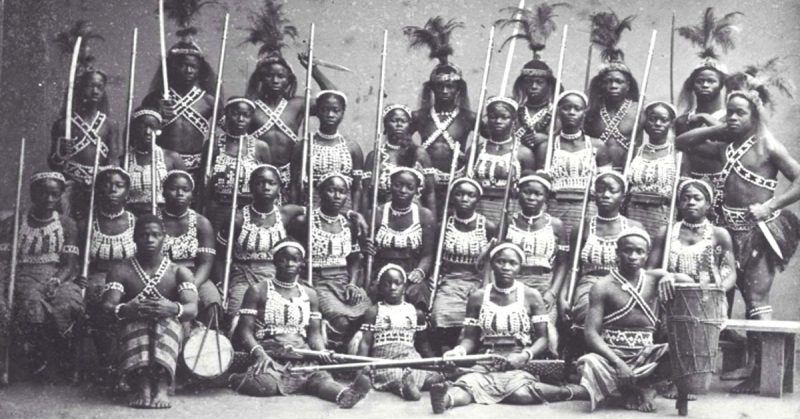“War does not have a woman’s face,” but delving into the pages of history, we realize that this is not a true sentiment. In different epochs and among different peoples, women performed military exploits and fought on a par with men.
Often the participation of women in war was due to the lack of other options. However, in the case of the Dahomey Amazons, one can see the awareness of their choice, and with certainty say that “war does have a woman’s face.”
The Dahomey Amazons, or “N’Nonmiton” meaning “Our Mothers,” were Fon female regiments of the army of the kingdom of Dahomey, now the Republic of Benin in Africa.
They received the “Amazon” name from Western travelers and historians who compared these women to the mythical militant tribe of the Amazons. According to legends, this tribe inhabited ancient Anatolia and the Black Sea coast.
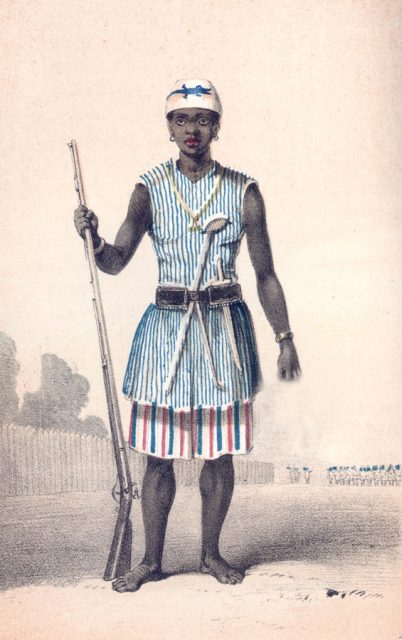
The history of N’Nonmiton dates back to the 17th century. There is speculation that the original formation of the Amazons was created to hunt elephants. However, they managed to impress king Dahomey with their fighting skills, and after that he made them his bodyguards.
According to another version of their history, women were the only people who were allowed to be in the king’s palace after dark, and for that reason the king made them his bodyguards.
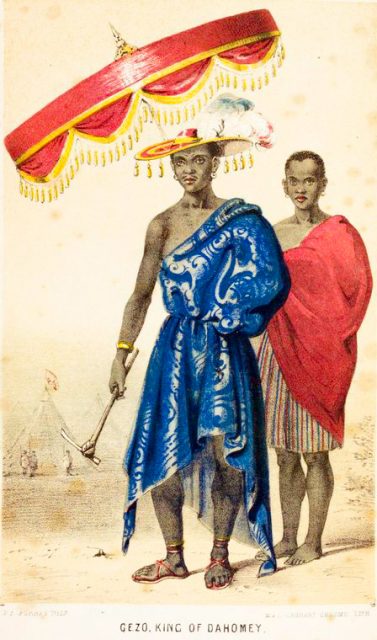
Some of the Dahomey Amazons were recruited from the “ahosi” which literally means “royal wives,” whose number could often reach into the hundreds. Women could serve on a voluntary basis, or might be forced to if their behavior at home was deemed inappropriate.
While serving in the ranks of N’Nonmiton, women honed aggressive character traits and physical strength. During their service, women were forbidden to have a family and children, and many remained virgins.
In the spring of 1863, British explorer Richard Burton arrived in West Africa. His goal was the establishment of a British mission in coastal Dahomey, as well as the conclusion of peace with the Dahomeans.
Most of all, the Dahomey Amazons struck Barton: “These women had so well developed skeleton and muscles that it was possible to determine the sex only by the presence of the breast.”
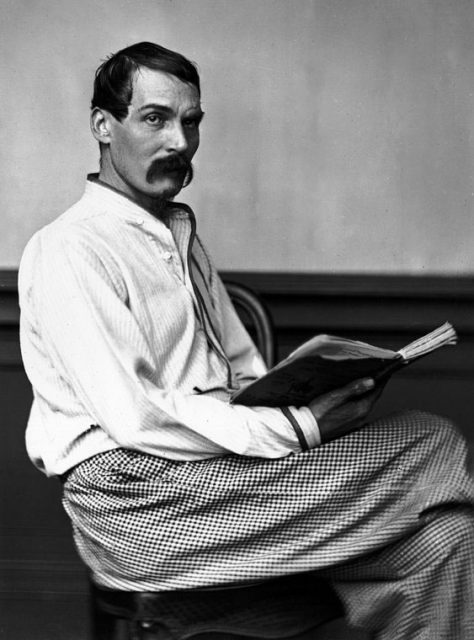
The training of the Dahomey Amazons included intense exercise and very strict discipline. From the very beginning, they were taught to be ruthless, fast, strong, and able to withstand severe pain.
Exercises included jumping over walls covered with thorny acacia branches, 10-day expeditions to the jungle without equipment like machetes, and much more.
During battle, the Dahomey Amazons fought to the death and instilled fear in their neighbors for more than two centuries. Opponents who fell into the hands of N’Nonmiton were often decapitated.
According to some historians, the combat capability of the female military units was rated higher than that of the men. By the middle of the 19th century, women comprised about a third of the Dahomey army, from 1,000 to 6,000 people.
They most often constituted a single unit, commanded by a woman, located in the center near the king.
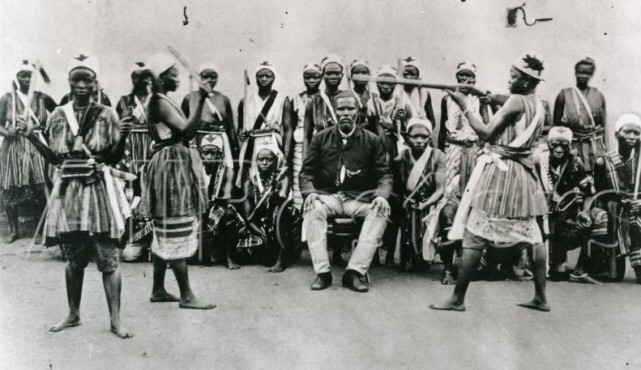
The main weapons were Dutch rifles and machetes, which were used by Amazons to dismember and behead opponents. Among the Dahomey warriors, it was customary to return home with severed genitalia and the heads of their opponents.
In the last period of its existence, N’Nonmiton was armed with Winchester rifle, knives and clubs.
Stanley Alpern, author of the only full-length treatise in English devoted to the study of the Amazons, wrote, “When the Amazons left the palace, a slave with a bell always walked in front of them.
The ringing of the bell told every man that he needed to turn away from his path, go some distance and look the other way.”
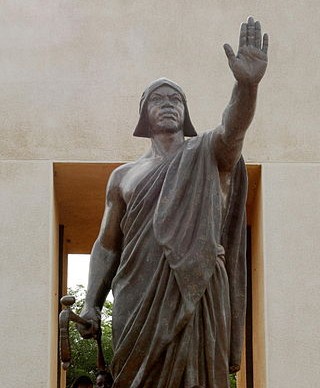
In the second half of the 19th century, the European colonization of West Africa began. In 1890, the king of Dahomey, Behanzin, started a war with French troops, which was later called the First Franco-Dahomean War.
There is evidence that the French soldiers hesitated before firing on the Amazons, and for this reason the French suffered substantial losses.
According to other sources, the French army lost several battles to the female warriors. However, in the end, having received the support of a foreign legion and good armament, the French inflicted serious losses on the Dahomean army.
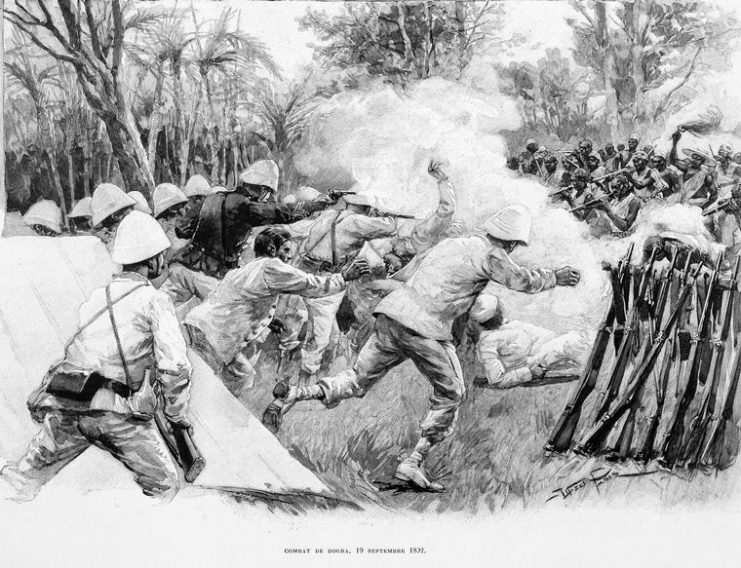
During the Second Franco-Dahomean War, the Dahomey Amazons played a significant role and at the same time received a negative image that was used by the French media for propaganda purposes.
The Museum on the Quai Branly in Paris displays one such picture that was published during that time–it depicts a scene in which an Amazon killed a Frenchman and tore a piece of flesh from his neck.
Many soldiers who tried to spend the night in bed with the Amazons turned out to be dead in the morning with a slit neck.
Read another story from us: Commandos – Keeping Discipline in the Boer Army
According to some sources, the last Dahomey Amazon died in 1979. Werner Herzog features these women in the film Cobra Verde.
